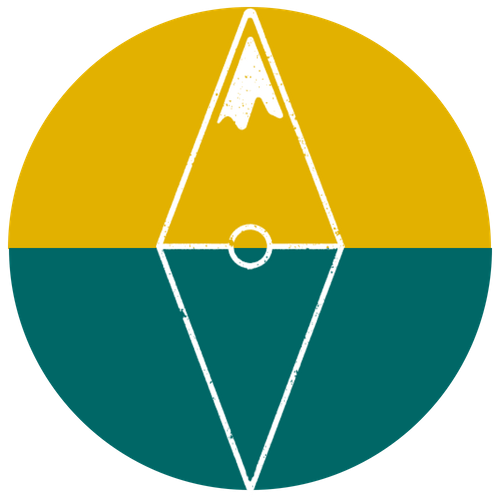In 2000, a private rafting company, Rivers Fiji, succeeded in creating a partnership that led to the protection of 615 ha/1500 acres of Fijian native forest. This is an initiative that connects conservation, the outdoors, local communities, and biodiversity into one thrilling float down the stunning Upper Navua River.
Read MoreThe protection of nature is intricately connected with the protection of the Mayan identities within the authentic Maya Ka’an destination. With shared ownership rights over the land and jungles, the village cooperatives are aware of the power that their decisions have in dictating the faith of the natural ecosystems
Read MoreOn a land destined to be logged, some of the most pristine valdivian temperate forests are now protected by this Nature Conservancy reserve. With its rugged coasts, ancient trees, impressive sand dunes, and local culture, it is a beautiful place to explore. Interview with Liliana Pezoa, administrator of the reserve.
Read MoreOn the western coast of the Island of Chiloé lies a privately protected area of 1,120 ha (2,768 acres), which is a lesson on the power that a handful of determined individuals have to produce change. An interview with Gonzalo Pineda, Director of the Ahuenco Park.
Read MoreTantauco Park is a large-scale private conservation initiative, protecting 118,000 ha of wilderness at the southern tip of the Island of Chiloé. Hiking here was one of the biggest adventures we've had in Chilean Patagonia, as we went accompanied by a massive storm rushing through the island. An interview with Alan Bannister, General Manager of Tantauco.
Read MoreTantauco Park, or Parque Tantauco, is a well-built, well-managed conservation project that is working hard to protect and restore the extremely rare Guaitecas cypress and its ecosystem. For visitors, the park hosts over 130 km of well-built trails, as well as domes, a lodge and backcountry cabins. A description of the hike through this beautiful park.
Read MoreThe future Patagonia National Park’s trails take visitors through some of the most beautiful areas of Valle Chacabuco, crossing forests, grasslands, alpine meadows, and glacial rivers.
Read More"The quality of the products is, therefore, incomparable. Every lettuce, every carrot grows at its full potential and the nutritional value is at its highest". A lesson on sustainable living and mindful food production from Francisco Vio, head gardener in the Patagonia Park.
Read More"A person that leaves here inspired has the potential to inspire more people. Therefore, the best way to inspire is to surround yourself with beauty". Interview with Johanna Zajc, lodge and restaurant administrator of the Patagonia Park.
Read MoreInterview with Alejandra Saavedra, park warden and coordinator of the Darwin's Rhea breeding center in the Patagonia Park, and with Cristián Saucedo, Director of Wildlife Conservation for Conservacion Patagonica.
Read More“We created the space needed for the recuperation of native species. It gave them the chance to repopulate the space they had lost with the arrival of livestock." Interview with Conservacion Patagonica's Director of Conservation, Cristián Saucedo Gálvez.
Read MoreWild rivers, rugged mountains, free-roaming guanacos, wind-swept grasslands, rarely-seen huemuls, colorful deciduous forests, prowling pumas, pristine lakes, hidden glaciers, soaring condors and a robust park infrastructure: this is what makes up the future Patagonia National Park.
Read MoreFor those that make the journey, their patience will be rewarded with incredible views of the Darwin Range, rare sightings of Fuegian biodiversity, and vivid emotions that might only be found in the remaining wildernesses of the world.
Read More"It’s the ultimate goal of the park: for it to be more than a visiting site, to be a place of more meaningful experiences." Interview with Daniela Droguett, manager of the regional office of WCS Chile in Punta Arenas.
Read More













